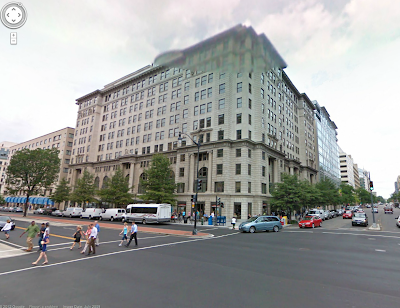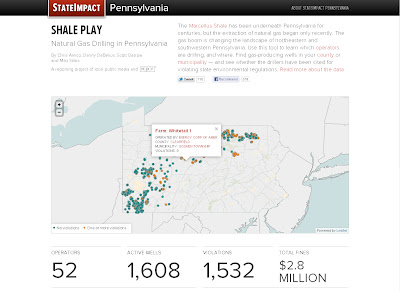The U.S. Census Bureau on Thursday January 12, 2012 released new, detailed demographic information from the 2010 Census for up to 331 different race and ethnic groups down to the census tract level for Connecticut.
These Summary File 2 tables add a new layer of detail to the population and housing topics released last year from the 2010 Census. Information, such as age, relationship and homeownership, previously available only for an area’s entire population is now available for specific race and ethnic groups in that community.
Each Summary File 2 table is presented for up to 331 population groups. These include iteration groups for the total population, race alone groups, race alone or in combination groups, multiple-race combinations, American Indian and Alaska Native tribal groupings, detailed Asian groups, detailed Native Hawaiian and Other Pacific Islander groups, detailed Hispanic groups, and race/Hispanic groups.
Geographies Available
The statistics are available for a variety of geographic areas: counties, county subdivisions, places, census tracts, ZIP Code tabulation areas, congressional districts for the 111th Congress, American Indian and Alaska Native areas within the states released, tribal subdivisions, metropolitan areas and Hawaiian home lands.
To preserve confidentiality, only geographic entities with a population of at least 100 for the specified group are available in the summary file.
Accessing the Information
During the embargo period, the Summary File 2 tables can be found on the Census Bureau’s American FactFinder website at <http://factfinder2.census.gov> by using the “Population Groups” filter to select the specific race or ethnic groups of interest. While a variety of tables will be available, a good place to start is the Profile of General Population and Housing Characteristics, which shows a summary of characteristics for one geographic area at a time.
A summary file version of the information is also available for users who want to download the set of detailed tables for all of the geographies within a state and run their own analysis and rankings. The summary file contains two parts: a file with the geographic headers (in fixed-length ASCII format) and a file with the statistical information (in comma-separated ASCII format). The summary file is available for download at <http://www2.census.gov/census_2010/05-Summary_File_2/>.












